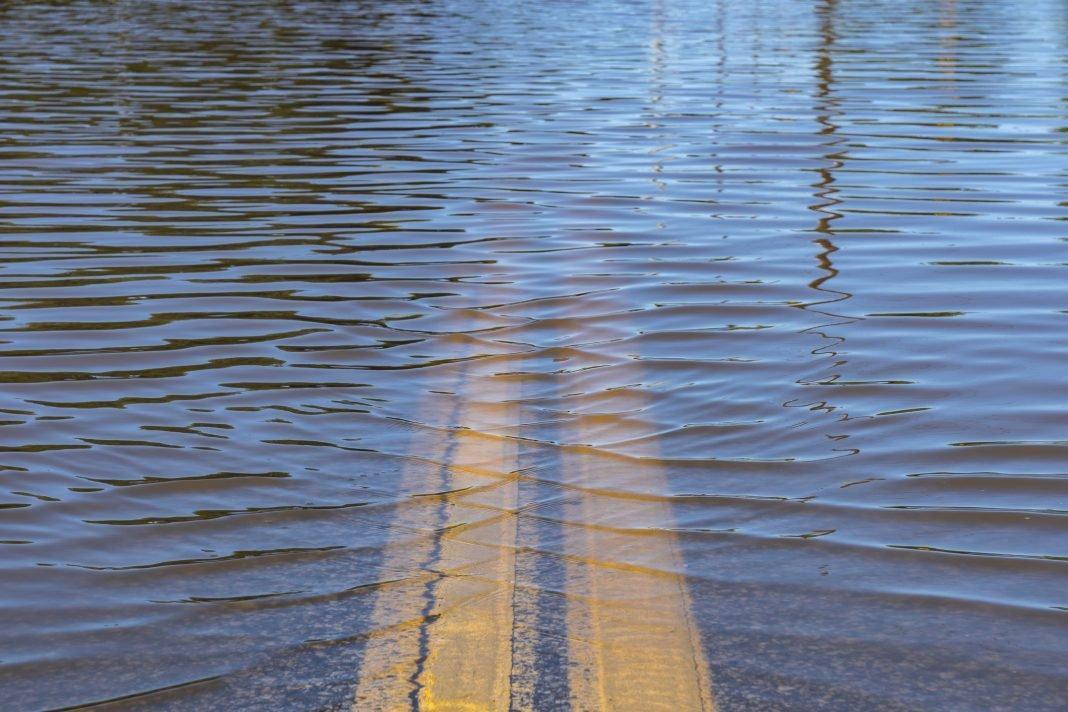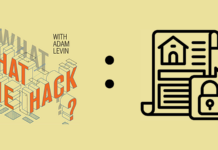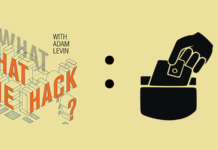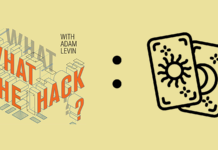
You’ve seen the dramatic footage of rescues and calamities, shots of stranded families, pets, and wildlife—even giant carp—and you’ve probably had the same reaction many other Americans had the past few weeks: “How can I help?”
There are myriad ways you can ease the suffering and hardship being experienced in the wake of Hurricane Harvey, but there are also a number of pitfalls to watch out for.
It is quite easy to fall prey to scam artists who come out in full force whenever a disaster of this magnitude occurs. In fact, the National Center for Disaster Fraud (NCDF) was instituted after Hurricane Katrina with a mission to hold post-disaster scam artists in check.
“Unfortunately, criminals can exploit disasters, such as Hurricane Harvey,” a recent NCDF release warned. These criminals have one goal: to get rich (or less poor) quick by sending crooked communications—and it doesn’t matter if it is via SMS, email, social media, or fraudulent websites designed to solicit contributions.
Several state attorneys general have sent out similar communiqués over the past week. If you want to help but are worried about scams, we’ve outlined best practices for you here.
What to Avoid
There are many ways a scam can go down. It’s worth bearing in mind that, just as you go to work, these criminals are also “going to work”—but their job is conjuring up new and ingenious ways to garner ill-gotten gains.
Phony Websites: One ploy that happens every year is in connection with the annual registration of storm names. Each spring, when the National Weather Service announces the roster of storm names, phony websites are registered using those storm names. These are hedges. Should the particular storm occur, the scammer is ready with a website purporting to collect relief funds—but in this case, it is relief from the criminal’s unbearable urge to separate you from your money, and, worse, your desire to help.
Crowdsourcing: Another common ploy is the GoFundMe page. Sometimes these pages are legitimate, but it’s up to you to do the research to figure that out. Crowdsourcing sites like GoFundMe provide you with the means to communicate with the organizer requesting funds, and you should always do so before donating.
Just because you saw the story of a particular person’s horrendous plight on the news doesn’t mean the GoFundMe campaign is legitimate. Scam artists saw the same segment. If you have any questions about a particular page, you should contact the crowdsourcing site directly in addition to the organizer of the campaign that you’d like to help.
Email Appeals: Do not reply to email appeals. Don’t do it if it’s an organization that you’ve given money to over and over. Don’t do it even if it’s your mom. Just don’t do it. The chances that you’re being baited into a phishing scam are high. It’s easier and safer to delete that message and type the URL of whatever charity is making the appeal into a securely connected internet browser instead.
The same goes for emails that link to images of a storm’s aftermath. Do not click those links.
Forwarded Emails: Never click on links emailed to you about big news events, even if they come from friends or family, unless you confirm with the sender that they actually sent the link. But, even then, be wary. They may just be forwarding a malware-laden email they received from someone they thought they knew (who was a scammer masquerading as the person they thought they knew). Email accounts can be spoofed, and any identity thief worth their salt can quickly and easily scam you using this method.
Never forget, if a scammer can get you to click on the right malware, they can drain your bank accounts or available credit, open accounts in your name, take advantage of your access to health care, divert your tax refunds, or commit other crimes in your name.
It’s also important to watch out for relief-related fraud. There have been multiple reports of people impersonating FEMA inspectors, insurance inspectors, and representatives of the National Flood Insurance Program. These impersonators perform another form of fraud—filing claims for relief money in your name.
Better Bets
If you’re looking for vetted places where your money will do the most good, there are many legitimate sources of information about helpful organizations.
If you see a story that interests you, get in touch directly with the organization or person featured. In our connected society, this is almost always possible, and it cuts out the risk of “getting got” by someone in the middle looking to take your money and run.
Before you submit your payment, make sure the charity you selected can actually deliver relief to victims. There are legitimate charity efforts that simply cannot deliver, often due to a lack of on-the-ground resources. Check to see if the charity you’re interested in already has operations in place, and if they don’t, find one that does.
If you’re worried you may have been the victim of identity theft or credit card fraud, you’ll want to check your bank accounts and credit reports regularly for suspicious activity. You can check your credit report for free at Credit.com.










